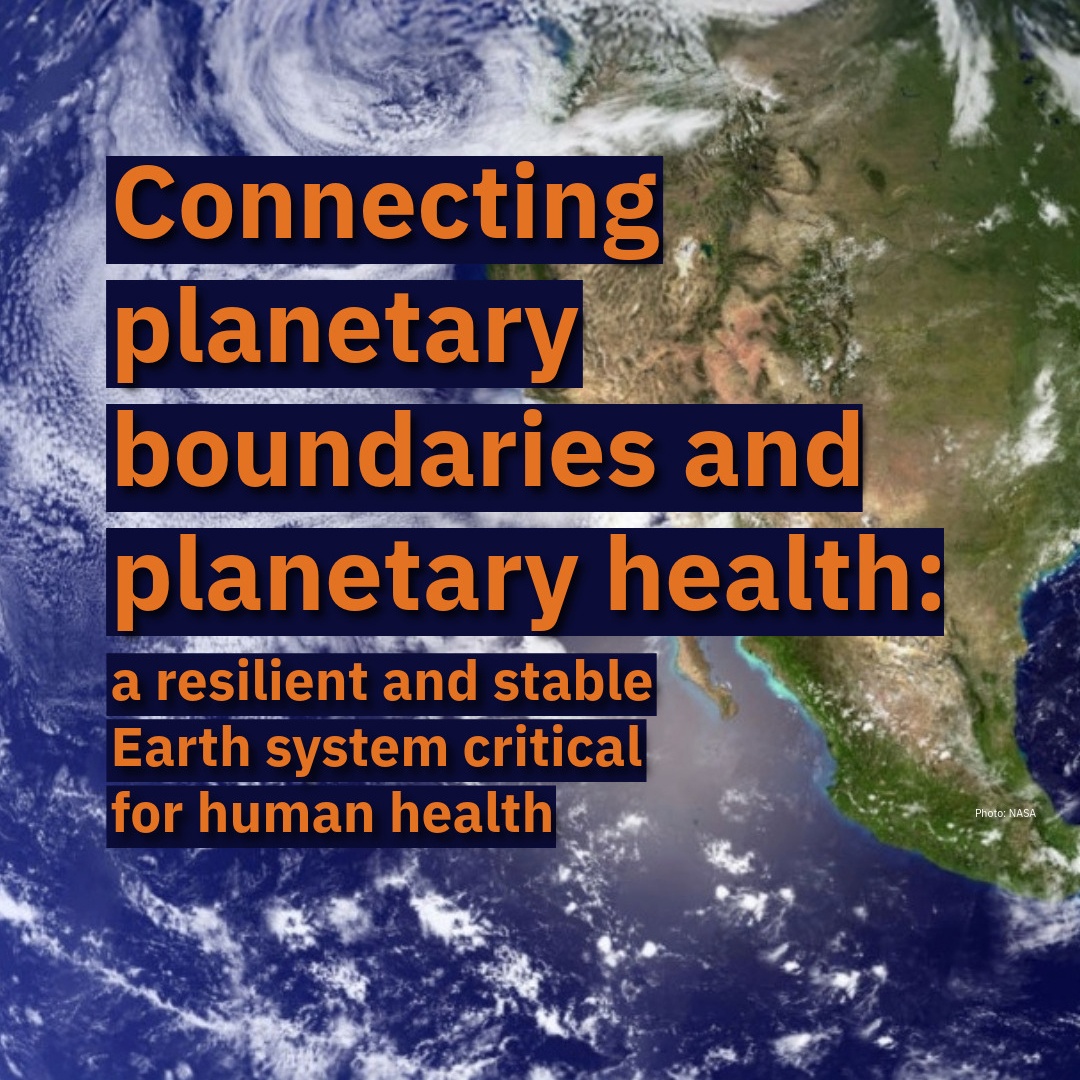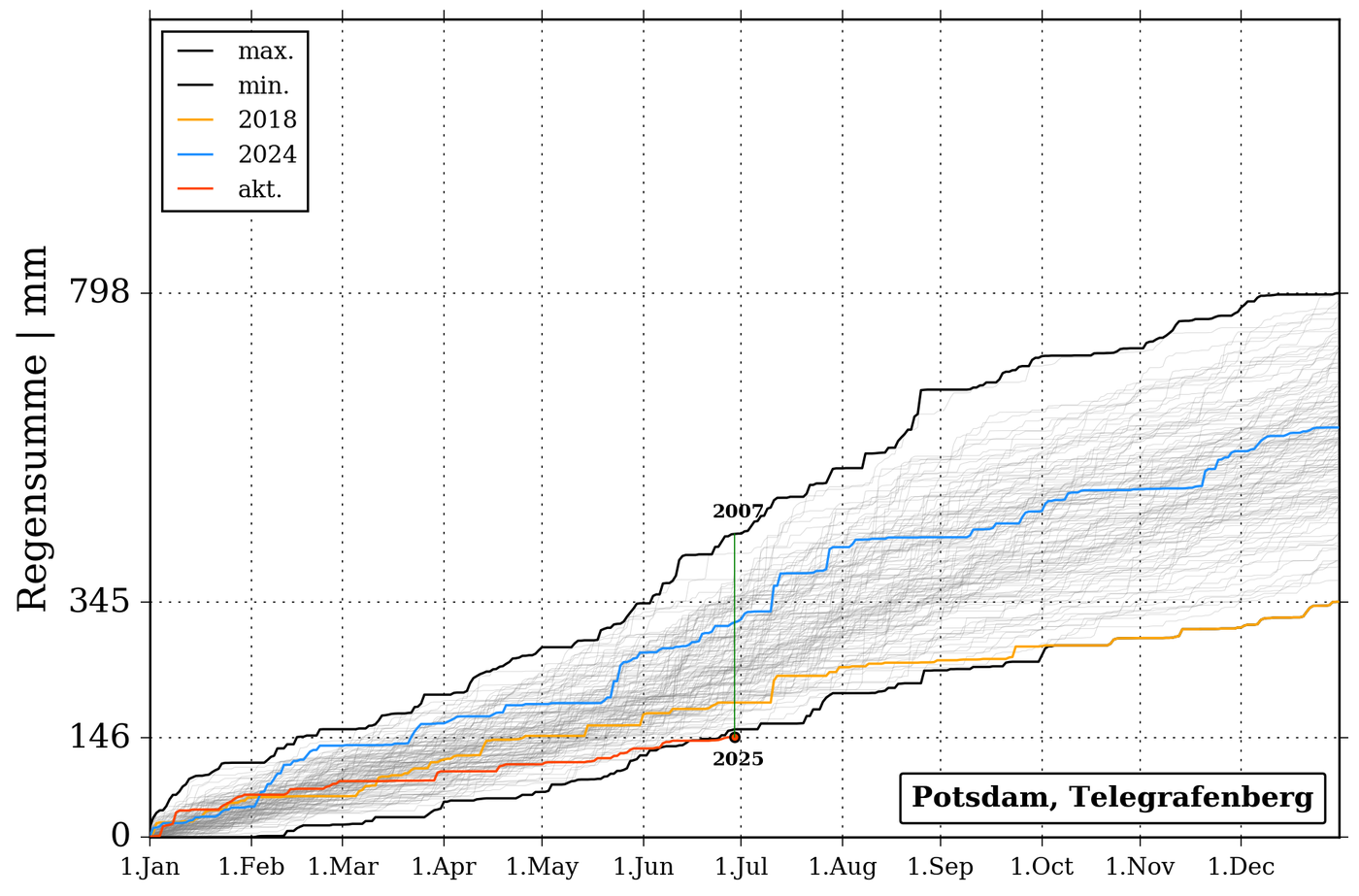From natural science to social science, from risks to solutions, from identifying Planetary Boundaries to managing Global Commons: The Potsdam Institute for Climate Impact Research (PIK) is advancing the frontier of integrated research for global sustainability, and for a safe and just climate future. A member of the Leibniz Association, the institute is based in Potsdam, Brandenburg and connected with the global scientific community. Drawing on excellent research, PIK provides relevant scientific advice for policy decision-making. The institute’s international staff of about 500 is led by a committed interdisciplinary team of Directors. This is science – for a safe tomorrow.
News
Press Release

Tropical bird populations reduced by a third since 1980, compared to a world without climate change
Read more
Press Release

Nature study on economic damages from climate change revised
Read more
News

PIK develops a new global, high resolution data set of atmospheric rivers
Read more
Press Release

How sustainable climate policy and sound public finances go hand in hand
Read more
Press Release

International cooperation on fossil fuel levies could raise billions for climate finance
Read more
Press Release

Hospital and nursing home food undermines both patient and planetary health, new study shows
Read more
News

Data-based analysis confirms: Paris Agreement temperature limits increasingly out of reach
Read more
News

Resilient and stable Earth system is critical for human health - Scientists call for unified approach
Read more
Press Release

Weather station in Potsdam shows driest first half-year since measurements began over 130 years ago
Read more
Numbers
Publications
PIK in the Media
Aug 12, 2025
· O Globo (Online-Medien)
População global de aves tropicais pode ter reduzido até 38% por conta do calor extremo
Go to Article
Aug 12, 2025
· ARD tagesschau (Online-Medien)
Nationale Wasserstoffstrategie: Ziele werden "krachend verfehlt"
Go to Article
Aug 11, 2025
· Süddeutsche.de (Online-Medien)
Vogelpopulationen in den Tropen: Rückgang durch Hitzewellen
Go to Article
Aug 08, 2025
· Corriere della Sera (Online-Medien)
Il 90% della popolazione mondiale respira aria inquinata con conseguenze devastanti per la salute...
Go to Article
Aug 07, 2025
· The Hindu (Online-Medien)
Major climate change-GDP study under review after facing challenge
Go to Article
Aug 06, 2025
· The Times of India (Online-Medien)
Summer 2025 already a cavalcade of climate extremes
Go to Article
Projects (Selection)


















